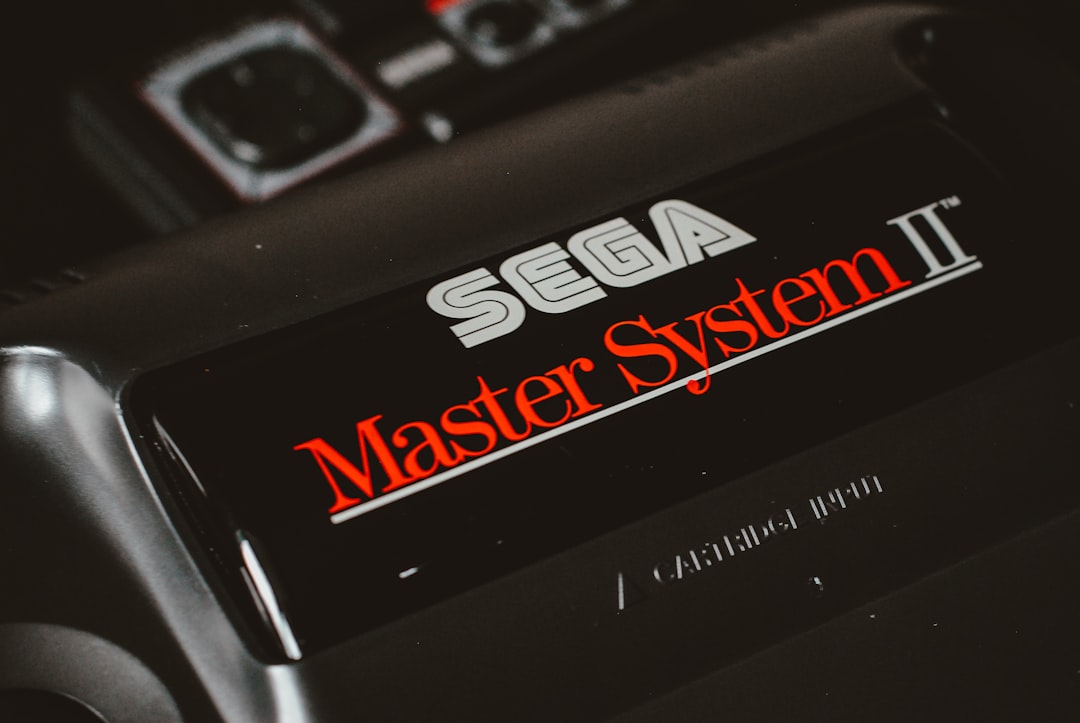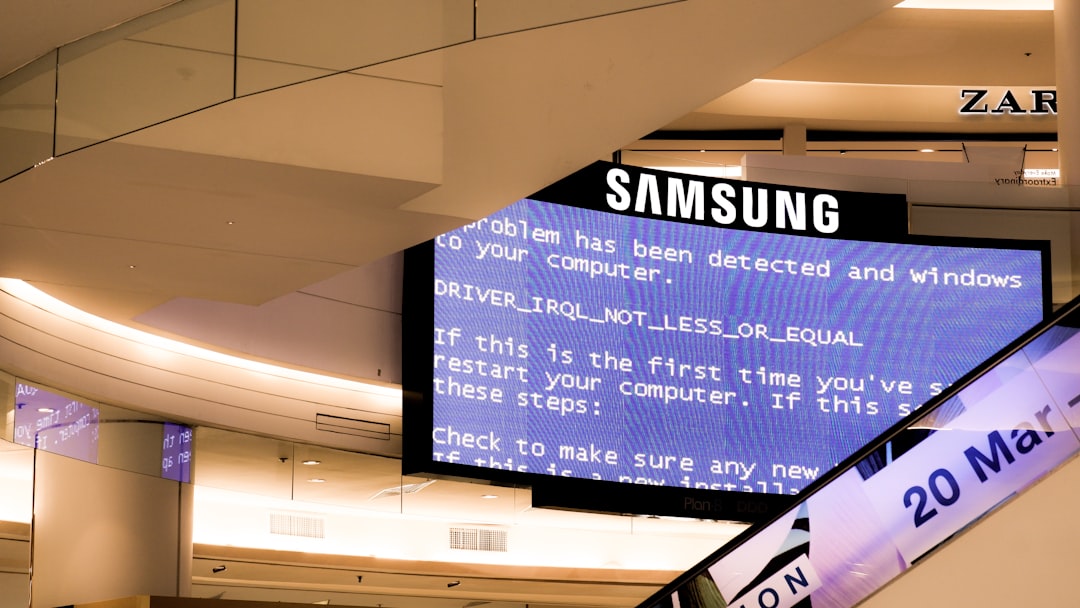Virtualization is an essential part of modern IT infrastructure, allowing users to run multiple operating systems on a single physical machine. However, like any technology, virtual machines come with their share of errors. One particularly unsettling error message some users encounter is: “The CPU has been disabled by the guest operating system.” This error typically halts the virtual machine, rendering it non-functional. If you’ve encountered this issue, it’s important to approach the problem methodically to restore your system’s functionality.
This guide will walk you through the potential causes and trusted solutions to fix this error and prevent it from happening in the future.
Understanding the Error
This specific error message generally indicates a kernel panic or a low-level crash reported by the guest operating system (OS). Essentially, the guest OS detects a critical issue and disables the CPU to protect itself. Common causes include:
- Kernel panics due to misconfigured drivers or system files
- Hardware compatibility issues, especially with virtualization settings
- Unsupported or misconfigured virtualized CPUs
- Corrupt VM configuration files or snapshot inconsistencies
Here are the most reliable steps you can take to resolve this issue.
1. Reboot the Virtual Machine
Sometimes, the error is transient and linked to a temporary glitch. Try shutting down the virtual machine completely and then restarting it. Avoid using the “Reset” function; instead, go for a full power-off then power-on sequence. If the problem persists, proceed to more advanced steps.
2. Examine Boot Logs and Kernel Panics
Access the guest OS logs to determine the root cause. For Linux-based systems, run in recovery mode by selecting it from the GRUB menu. View the boot logs using the following command:
journalctl -xbLook for red flags such as filesystem errors, driver issues, or failed services. In a Windows VM, boot into Safe Mode and check the Event Viewer for system crash logs.

3. Check Virtual CPU Settings
The mismatch between the virtual CPU settings and the host capabilities could cause a crash. Go to your hypervisor (such as VMware Workstation, VirtualBox, or Hyper-V) and verify the following settings:
- Enable Virtualization Extensions: Make sure VT-x or AMD-V is enabled in BIOS/UEFI on the host computer.
- Match CPU Cores: Do not allocate more virtual CPU cores than your host can support.
- Disable Acceleration Features: In some cases, turning off nested paging or VT-x/EPT in the VM settings helps.
Adjust the settings, save changes, and reboot the VM to see if the issue resolves.
4. Reset VM Configuration Files
If the VM’s configuration files (.vmx for VMware or .vbox for VirtualBox) are corrupted, your guest operating system may fail during boot. The best approach is:
- Backup all relevant VM files
- Create a new virtual machine using the same disk (.vmdk or .vdi)
- Reassign the disk to the new VM and boot
This clean configuration often eliminates issues caused by misbehaved custom settings or old snapshots.
5. Roll Back Recent System Changes
If the issue started after a kernel update, driver installation, or configuration change within the guest OS, roll back to the previous stable version:
- Linux: Reboot and select an earlier kernel from the GRUB bootloader.
- Windows: Use System Restore to revert to a previous state where the system was stable.

6. Repair or Reinstall the Guest OS
If all else fails, you may need to perform a repair install of your guest OS. This is especially true if corruption in system-level files is causing the CPU shutdown. Most Linux distributions and Windows installations offer a repair option on their boot media. Make sure to back up important data before proceeding.
Best Practices to Prevent Future Errors
Once your system is back up, consider implementing the following preventative measures:
- Take regular VM snapshots before applying updates or major changes
- Use supported guest OS versions that are known to be stable on your hypervisor
- Avoid allocating too many resources to a VM beyond your host’s capacity
- Regularly update both your guest OS and virtualization platform
Conclusion
The error “The CPU has been disabled by the guest operating system” can be frustrating, but with a careful approach and logical troubleshooting steps, it can usually be resolved. Always diagnose based on logs, test incremental changes, and keep regular backups to minimize data loss. If the issue continues even after following the above suggestions, consider reaching out to your hypervisor’s support channels with detailed error logs and configuration information for expert assistance.



